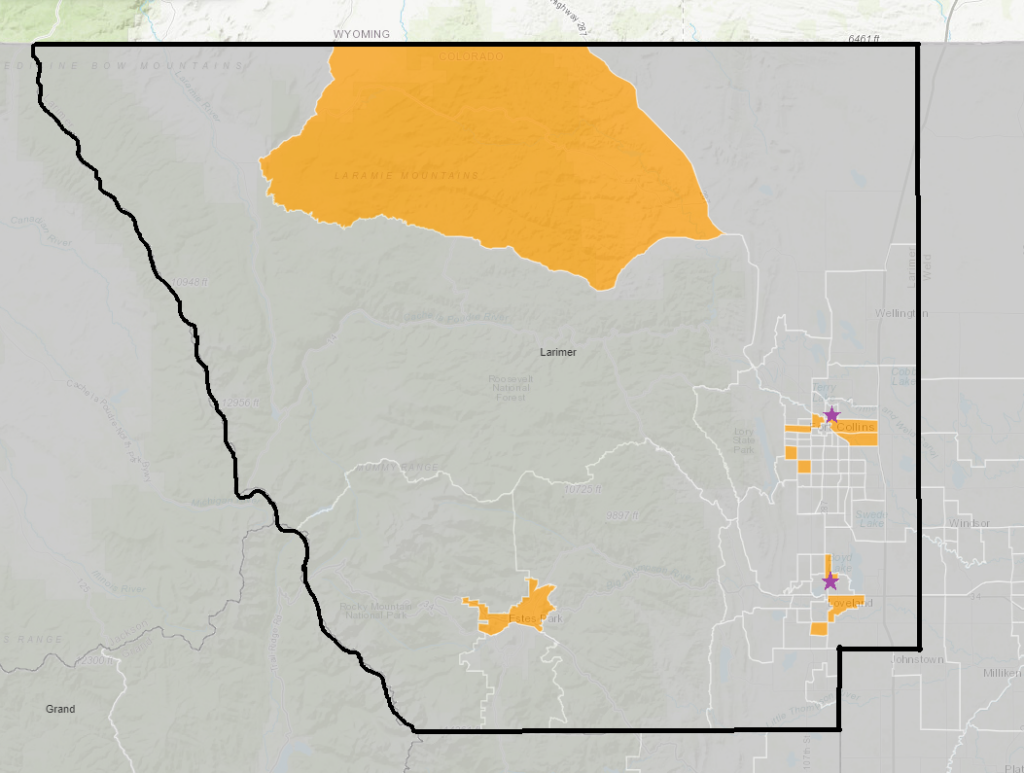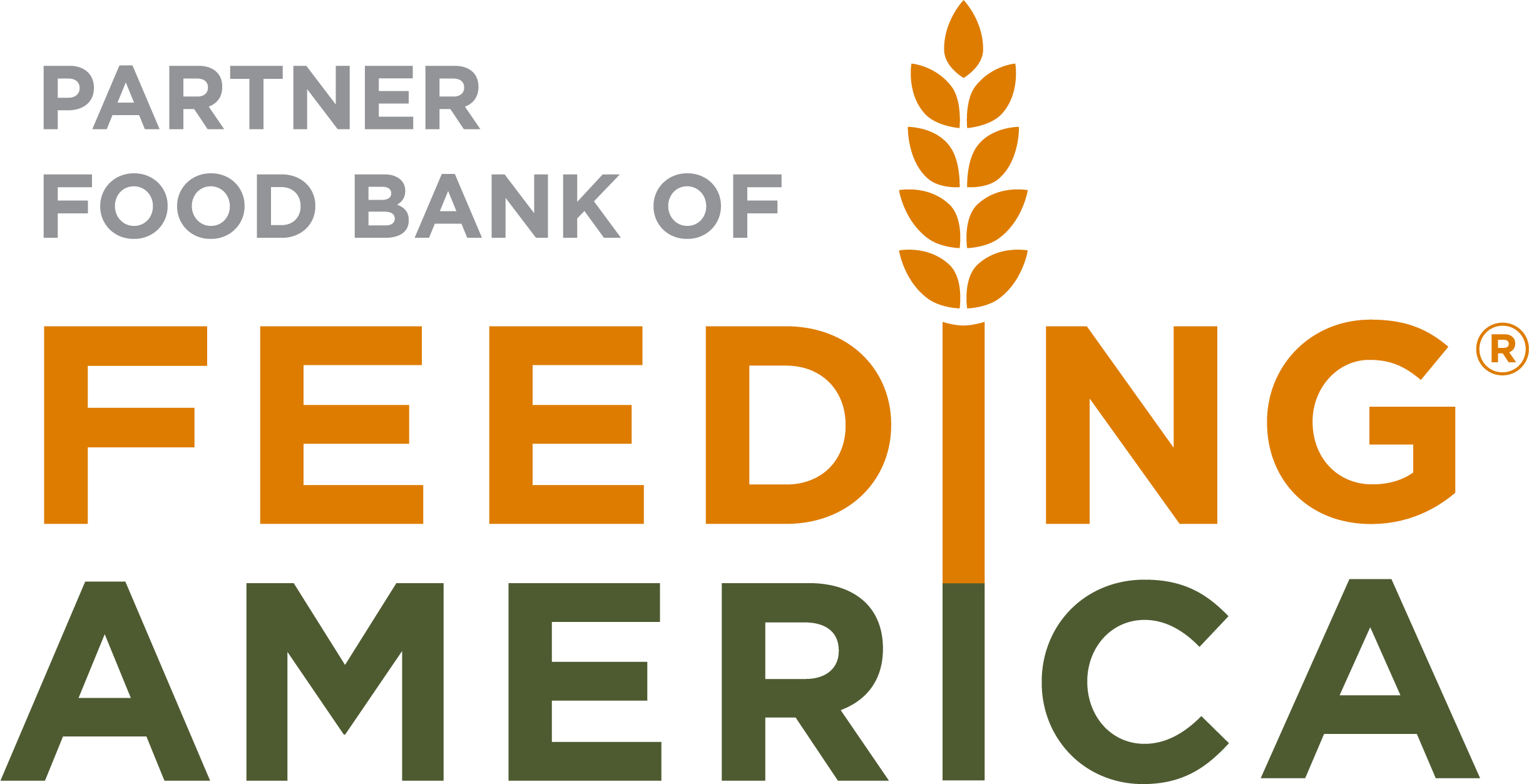Everyone deserves access to reliable food. However, some communities in our country struggle with food insecurity. Black communities are disproportionately affected due to systemic racism and economic inequality.
The estimated prevalence of food insecurity for Black, non-Hispanic households was higher than the national average due to health disparities exacerbated by forms of racial discrimination. During the COVID-19 pandemic, Black households experienced higher rates of food insecurity when compared to other populations in the United States.

Recent numbers show the overall national poverty rate increased from 10.5% to 11%, a much smaller increase than expected due to expanded federal aid in response to the COVID-19-induced recession. Those overall statistics, however, hide an enduring and pervasive pattern: In both good economic times and bad, Black and Hispanic families consistently experience crisis-level rates of poverty and food insecurity, especially when compared to their white counterparts. While these are national data, local numbers show trends as similar here in Larimer County.
Staggering Statistics
-
- In 2022, 1 in 5 Black people in the United States experienced food insecurity. According to the USDA, nearly 9 million Black people nationwide could not access enough food to lead a healthy, active life.
-
- Black children are more likely to experience food insecurity than children of other races. In 2022, 29% of Black children lived in food insecure households. That’s 1 in three Black children without reliable access to food.
-
- Black families are far more likely to experience poverty. While the United States has an overall poverty rate of 11.5%, within the Black community, the poverty rate is 17.1%.
Causes of Food Insecurity in Black Communities
- Racism and discrimination
Discrimination based on race affects African Americans’ access to employment, housing, and other resources needed for a good, healthy life. According to equity indicators reported by the City of Fort Collins, Black individuals experienced the most negative outcomes at multiple points in the criminal justice system. While zero percent of non-Hispanic white individuals charged with crimes reported experiencing negative outcomes and perceptions within the domain of the criminal justice system (11% positive outcomes), 86% of Black individuals charged with crimes reported experiencing negative outcomes and perceptions within the domain of the criminal justice system and zero percent reported positive outcomes. - Low Wages and Unemployment
Black people do not have the same opportunities for good jobs or fair pay as white people do. This makes it harder to afford enough healthy food. In Larimer County, the Black community makes up only 1.5% of the population yet 22.5% of this population live in poverty. On the contrast, non-Hispanic white people make up 81% of the County’s population and 15% live in poverty.
Related, the median household income for Black households remains substantially lower than that of white, non-Hispanic households. The median household income in Larimer County in 2019 was $71,881 with white households at $72,586 and Black households at $51,107. Household income is the combined gross cash income of all members of a household. The Census Bureau defines a household as “a group of people living under the same roof whether they’re related or not.” - Food Deserts
Food deserts also known as food apartheids, are areas without nearby grocery stores or other places to buy fresh, healthy foods. Communities of color, including those that are predominantly Black, are more likely to live in and around food deserts.
The below map shows the locations of food deserts in Larimer County; the highlighted areas include the area of the county north of Colorado State Highway 14 and west of CO State Highway 287. This includes the Red Feather Lakes area. Additionally, neighborhoods in Loveland, Fort Collins, and Estes Park are highlights. The purple stars placed on the food desert map denote the locations of the Food Bank for Larimer County’s two No-Cost Markets and Food Share locations in Fort Collins and Loveland.
About the Food Bank for Larimer County
Our mission is to provide food to all in need through community partnerships and hunger-relief programs. When we consider the gaps that exist when it comes to the increased need for our clients of color, we aim to continually educate our staff, volunteers, and stakeholders as a whole to bring awareness to the inequities some populations face.
To achieve our mission, we’ve been busy expanding our partnerships and adding new programming, including our regular Mobile Pantries and Kids Cafe food truck (known as The Lunch Lab). We’re also working to expand our capacity and considering new opportunities for distributing food that will increase access to more people who need food assistance now and in the future.
Sources:
- https://www.feedingamerica.org/hunger-in-america/black-communities#:~:text=Black%20communities%20are%20more%20likely,the%20rate%20of%20white%20people.
- https://www.ncbi.nlm.nih.gov/pmc/articles/PMC5823283/
- https://www.ncbi.nlm.nih.gov/pmc/articles/PMC9467341/
- https://www.fcgov.com/socialsustainability/files/fort-collins-equity-indicators-3-29-21.pdf?161739664








